

Ramsay
Members-
Posts
3747 -
Joined
-
Last visited
Content Type
Profiles
Forums
Events
Everything posted by Ramsay
-
No. The Kiowa Warrior will also be sold on Steam. AFAIK the confusion/mis-information has come about because Polychop were asked on their Q&A if they would have their own "store/web page" in the same way as Heatblur and their answer of - "No, only via the ED Store" has been taken too literally/out of context.
-
As said, any Airports or navigation beacons are read from the map files, so you can create regular flight plans or fly "direct" to a airbase, etc. Here's an example of what you'd see on the NS430 for Syria (note how the airfields and beacons are displayed but the coast line is missing). However, SIDS and STARS require additional data to be added to the NS430's database i.e. RNAV waypoints and fixes and the procedure(s) to fly them.
-
Nothing substantial (other.dat holds some "cities of the world" coordinates). The NS430's "aptdb" folder has SIDS/STARS only for the Caucasus, Nevada and Persian Gulf maps. Additional NS430 Navaid data is read directly from DCS map "beacons.lua" files i.e. airport ID's, coordinates, etc.
-
The DCS NS430 has some RL STAR points in it's database i.e. for a few civil airports in the Caucasus, but the procedures are undocumented and coordinates adjusted to fit DCS. If you want learn the how to use the real Garmin device, you'll need to look elsewhere, as DCS's NS430 is missing to many features and to limited to be considered a training aid. This Grim Reapers video @20:28 should help set expectations for the DCS's NS430 NS430 Review
-
No.
-
Do you have a link to that description, as it sounds incorrect - AFAIK (TM 1-1520-248-10, 2001) the structural limit of the hook is 1300lb Not AFAIK - the hook was rarely used i.e. none of the SME's had used it and the "hook release button" was rewired to fire the M3P's IZLID laser pointer (perhaps 2009?). Perhaps it's a loadout option when configuring a unarmed Fort Rucker OH-58D training variant ? Unfortunately no one asked about sling loads in Polychop's Kiowa AMA but I imagine it's along way down the feature list compared to the data link or getting an effective AI CPG.
-
You configure the PACS so the TGP will Autolase prior to impact or Lase Manually using the Left Throttle's multifunction button. This short deephack video covers most questions re: dropping GBU-10/12/24
-
Yes for Laser Guided Bombs (GBU-10/12/24) - all the way until impact. Not for Laser JDAMs (GBU-54) as they update their internal target coordinates using the laser spot i.e. it's safe to turn off the laser once the target "laser spot" has been captured by the LJDAM (provided the target isn't moving).
-

Polychop Simulations OH-58D Kiowa
Ramsay replied to Polychop Simulations's topic in DCS: OH-58 Kiowa
AFAIK Polychop are not part of ED's Miles Program i.e. AFAIK there is no system in place for ED to distribute money from your previous purchase(s) to a 3rd party. https://www.digitalcombatsimulator.com/en/support/miles_rules/ Note: We won't know for sure until the Kiowa is available for purchase on the ED Store and you get to the Store "checkout" - at which point you may or may not get the option to use your saved up "ED Miles". -
AFAIK there are just the OSBs when firing the TPOD laser in the Night Attack version (Radar versions can also use the throttle APS switch).
-
Yes. Note that the "NADIR" HSI needle ATM is giving readings relative to the airframe i.e. if the waypoint is 90° to the left it reads 270° (WEST), if the waypoint is 90° to the right it reads 90° (EAST) and with the waypoint directly ahead it reads 0° (NORTH).
-
A "cool" WIP of a Kiowa "spot the difference" picture i.e. with different loadouts, time of day, CMS, etc. with still more changes/differences to be added.
-

Polychop Simulations OH-58D Kiowa
Ramsay replied to Polychop Simulations's topic in DCS: OH-58 Kiowa
The last question was "When Kiowa?" @1:23:46 The planned release window is end of May, beginning of June 2024. https://youtu.be/dmtJvckryoA?si=Grwcis4TujJ4FlD_&t=5026 -

Which Version Is Which (And Flyable) For Kneeboards/Skins
Ramsay replied to DragonSoulkin's topic in SA-342M Gazelle
Correct. -

Orientation of Throttle Pinky Countermeasure Program switch
Ramsay replied to Mateo's topic in Controller Questions and Bugs
Both the Real F15E and Razbam DCS manuals say the front CMD pinky switch moves vertically - as you say, the switch animation appears to be forward/aft which is wrong. Tested in DCS 2.9.4.53707 -
The HSI NADIR needle in the SA-342L is broken ATM i.e. it doesn't point to the selected waypoint as it should. https://forum.dcs.world/topic/347051-nadir-waypoint-issues/?do=findComment&comment=5415678 AFAIK the Gazelle's NADIR is working correctly in the M1 and Minigun versions.
-

Which Version Is Which (And Flyable) For Kneeboards/Skins
Ramsay replied to DragonSoulkin's topic in SA-342M Gazelle
@DragonSoulkin Currently there are 3 Gazelle versions that are flyable by the player • SA342M • SA342L • SA342Minigun The 4th (AI only) version - SA342Mistral is kept for backwards compatibility with older missions that used the old Mistral version as an AI opponent. (Players can now load Mistrals on the L and there is no longer the need for a separate version ). Here is an example of the Gazelle's kneeboard folder names that are required to have custom pages in all 3 player flyable versions. -
I can confirm the HSI "NADIR Double Arrow" no longer points to the correct WP azimuth. Switching the NADIR's Parameter Selector to TPS/CAP (WP Estimated Time / Heading) - the NADIR's WP heading reads correctly, so the fault is with the HSI needle. F10 Map Overview. I also confirmed the HSI's Waypoint needle was incorrect in a Caucasus Mission with zero wind. As reported here, the NADIR needle bug only appears to effect the SA-342L version.
-

Auto-Hover without auto-rotation to the left?
Ramsay replied to trimmermedal833's topic in SA-342M Gazelle
Below the main panel starter and pump switches are the CVS (hover) and ALV (slave to sight) lamps which are yellow when armed and green once active/in parameters. The slaved autopilot will try to track the periscope/Viviane sight which moves with helicopter body unless ground stabilized • for the L use the "Periscope Command Box" Stabilization toggle • for the M, the Viviane sight will ground stabilize after it's first manual slew Because of these issues, it's probably best to switch to the co-pilot seat first (with same control/axis settings as the pilot) and setup the Viviane/Periscope, before engaging the Hover and Slave modes. AFAIK the current autopilot Hover and Slave modes are still WIP due to the Gazelle's new/more accurate flight model. Gazelle L Autohover test, 2_9_3.trk -
Which manual is that, I don't see a 40,000 ft climb listed in the DCS MB-339A Flight Manual ? Climb rates in the Real MB-339A Instrument and Navigation flight planning section assume a 12 minutes taxi, take-off and level acceleration prior to initiating the climb (i.e. 80 kg fuel burned). Starting with 2x pilots, a clean configuration and full internal fuel (half full wing tip tanks), the RL manual gives a 30,000 ft climb @ 38 NM / 7.5 minutes / 222 kg additional fuel burned. The DCS MB-339A Flight Manual (Page 26) shows a Climb to 30,000ft performance spec. of 7.1 minutes (so is perhaps without filled wing tip tanks). When testing, I found the real MB-339A flight planning tables worked well enough for DCS i.e. climb distance/time +/- 15% and fuel used covered by the 200 kg planning reserve.
-
AFAIK not really - as the issue comes from still having a input on the opposite axis (i.e. a slight input on horizontal axis can cause the vertical axis to "stick"). It can be "fixed" by setting a axis dead zone (size depends on how much drift/jitter the other axis has). Here is an example of my Winwing TDC axis setup, which is a compromise for sensitivity vs slew speed - YMMV. Similar thread Re:TPOD slewing https://forum.dcs.world/topic/331645-tdc-slew-axis-horizontal-especially/?do=findComment&comment=5270402
-
What makes you think you've damaged your MiG-19, when I watch your replay - the ground crew rearm and place/remove wheel chocks as requested. They also acknowledge your repair request with a "copy", AFAIK when there's no repair timer, there's nothing to repair.
-
I flew for several years using the twist axis of a MS FFB2 Joystick - so flying the Gazelle is possible with your setup. Starting out - it took me around 12-18 hrs of practicing hover taxiing around airfields, etc. to get comfortable coming from the Huey, etc. My son started flying DCS helicopters in the Gazelle, so while it's not the easiest to start out with due to it's sensitive controls, it's certainly possible. Note that different loadouts, fuel weights and versions i.e. M, L, etc. can have an effect on how easy it is to fly. If you haven't already - I suggest starting with air spawns and getting comfortable with it in flight and only then moving on to the more difficult aspects of hovering, take off, etc. that IMHO require time and patience similar to A2A refuelling in fixed wing aircraft (you can sort of "cheat" as a newbie - and use a quick "jump" to get into the air and worry about landings later). Perhaps this tutorial from deephack will help ?
-
Not sure why things have changed - taking control of your track, I could engage the Autopilot Modes/Lamps, once I reset the Autopilot using the • Autopilot disengage lever (Control Stick paddle switch) Tested DCS Multi-thread Preview 2.9.3.51704 F1EE auto pilot works after AP disengage lever rpt richskinns.trk




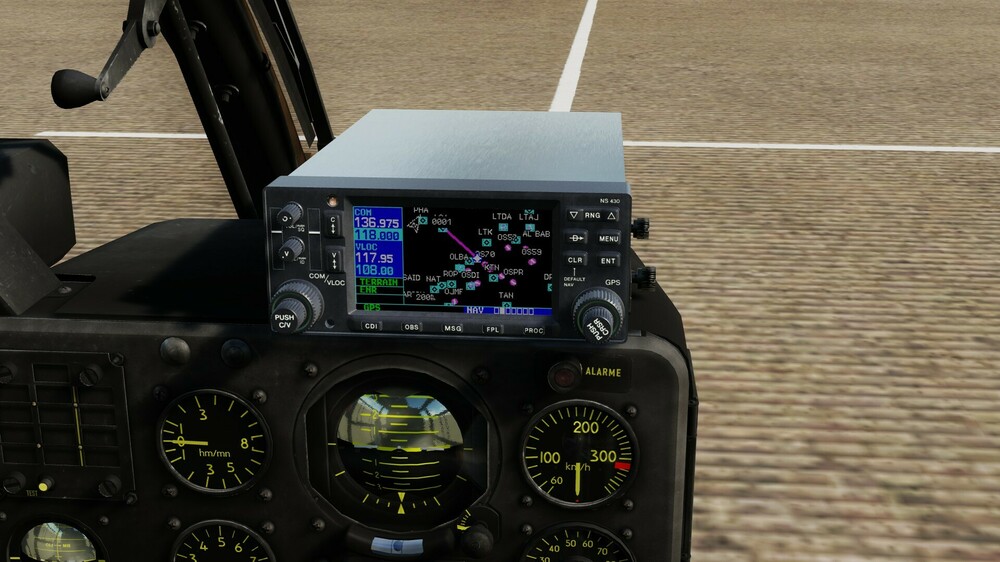
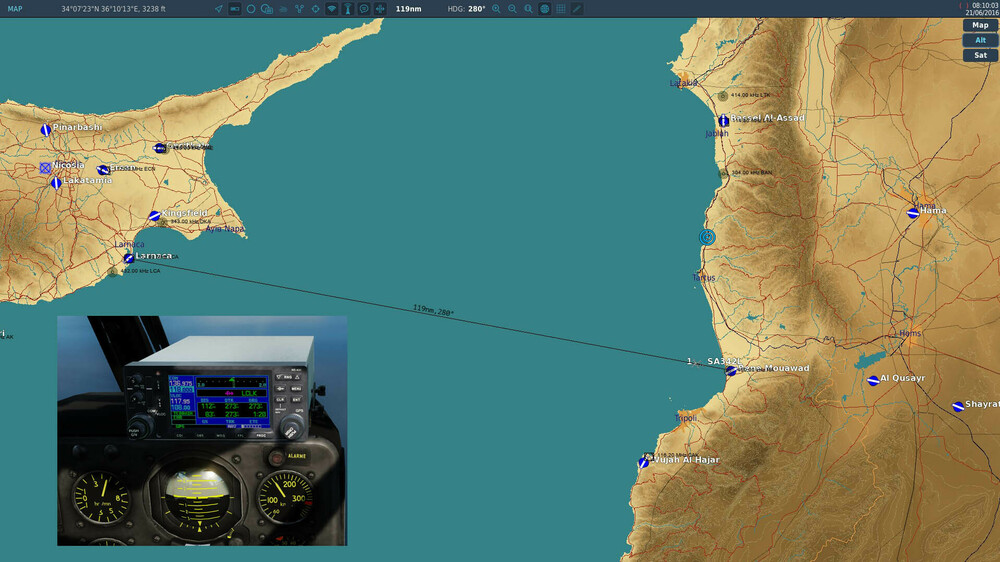


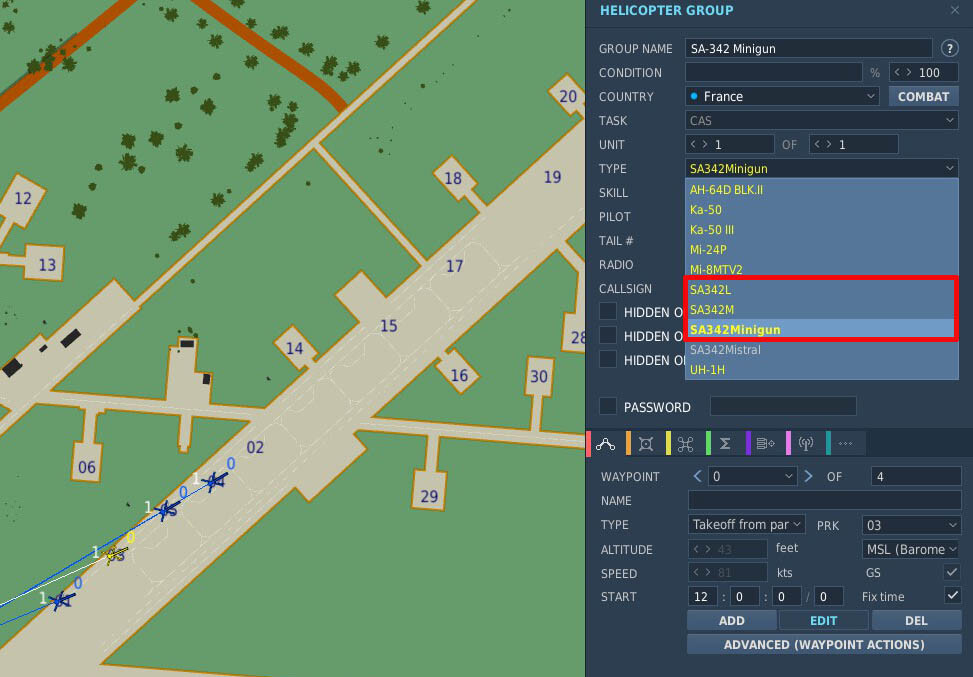

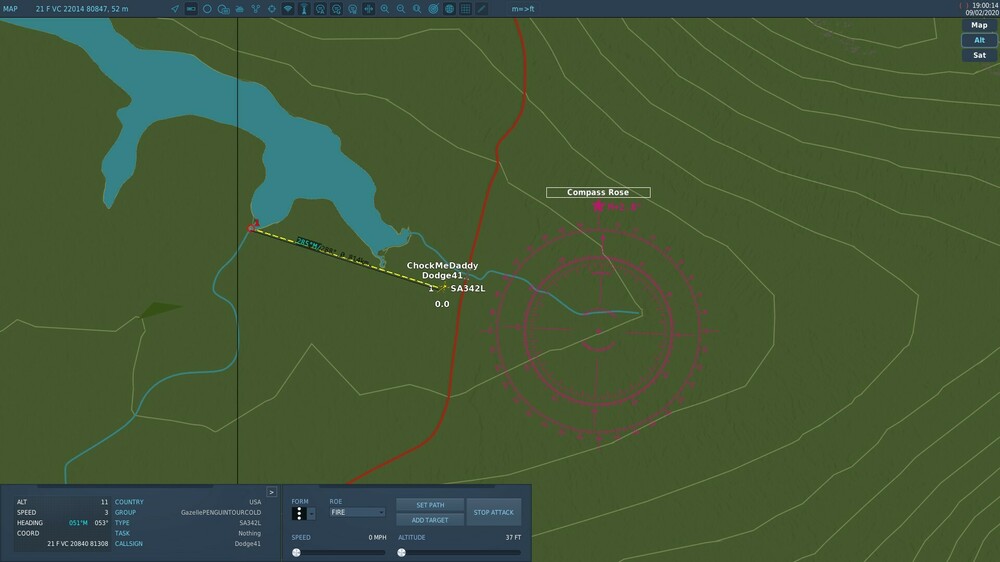
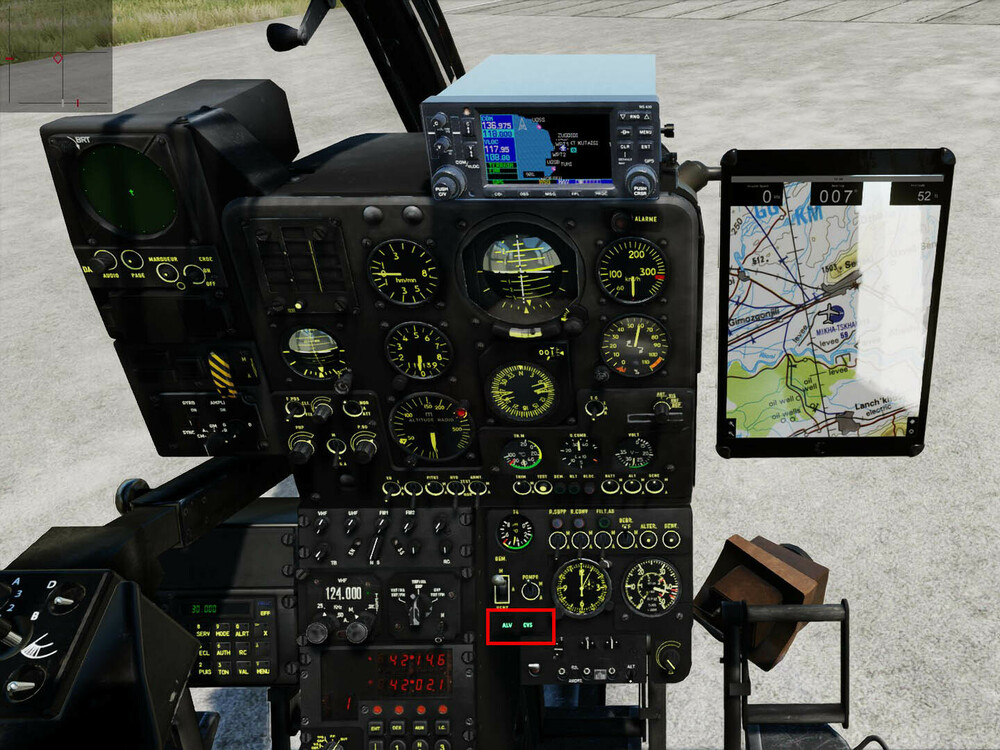
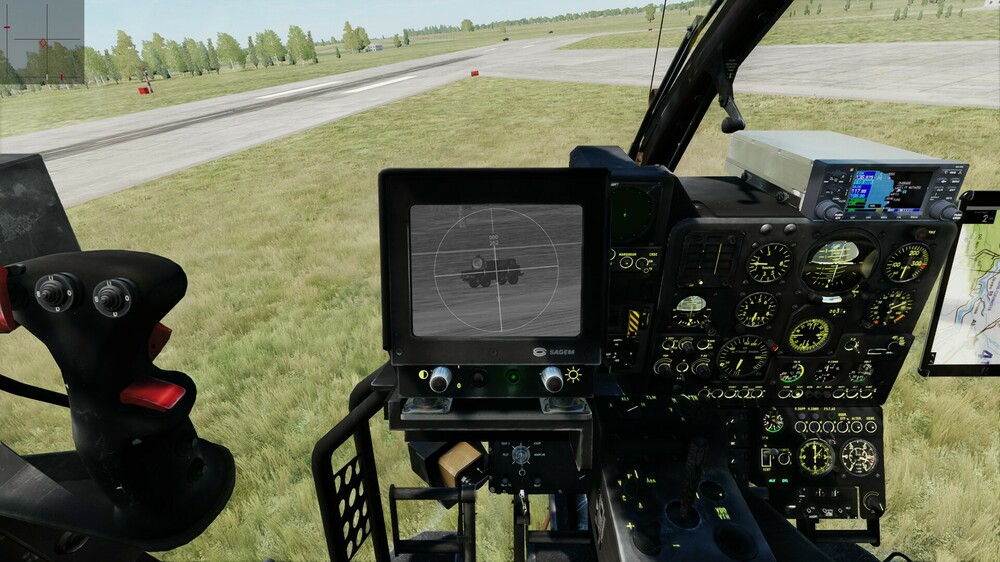
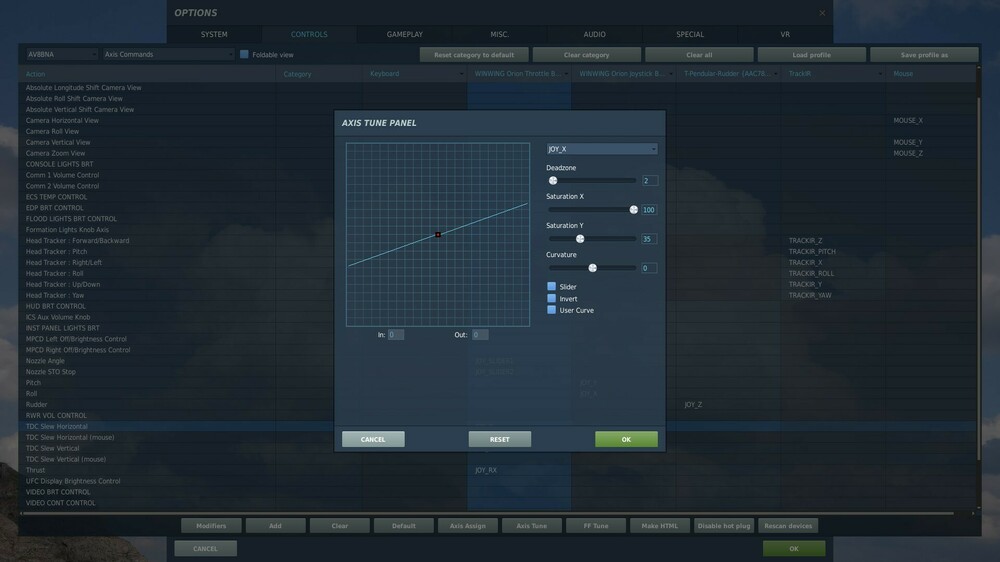
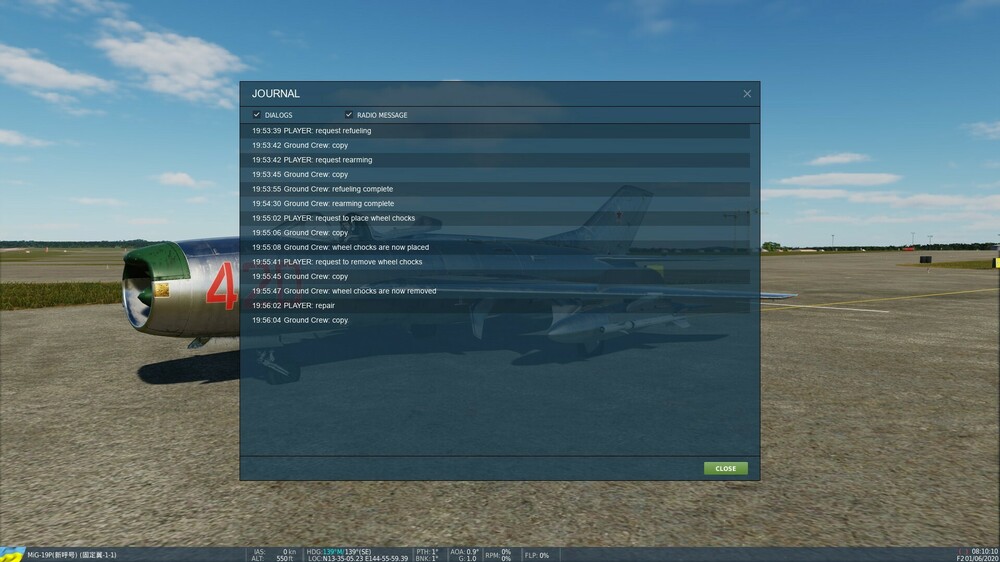
.thumb.jpg.184287d9e16090e7e3374bd066e44662.jpg)
